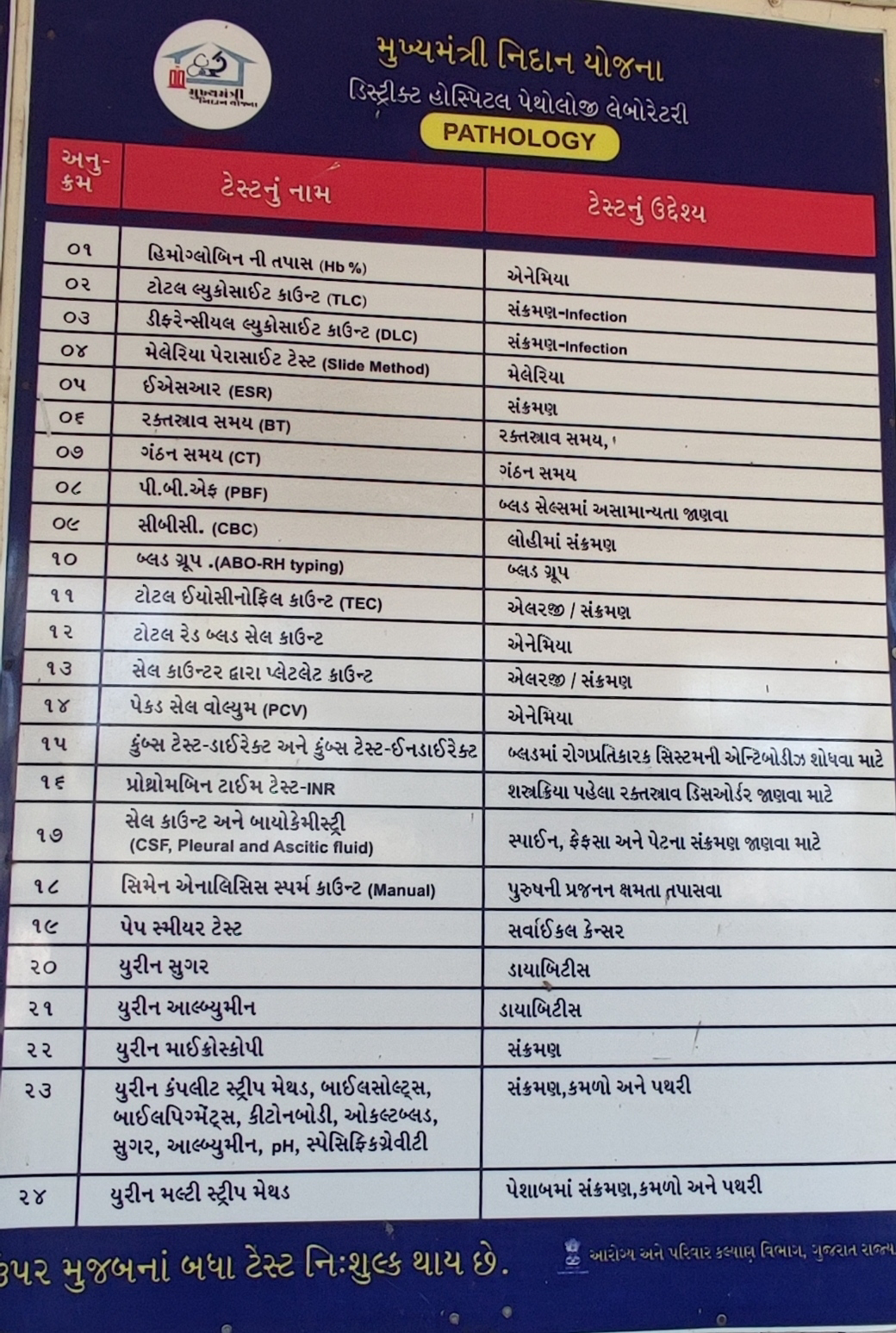Information on food adulteration and related diseases
Tea
Tea and coffee have a high concentration of the tea powder. Tea cashew nuts, black in a chickpea husks, tea powder, synthetic dyes, iron ore etc. A mixture of substances is found. Due to the permanent use of the machinery, iron ore is also found on a tea leaves.
Health effects:
There have been a no reported cases of the acute food borne illness due to this, but the introduction of the artificial colors into the body is likely to have long-term effects on the health.
Desserts:
Kids are considered a big user of sweets. And too the many inedible colors are used in a most desserts to the attract them. And some of these colors are include Rhoda mine, Orange, Methanol Yellow etc. Saccharin is a infused with a sweets.
Health effects:
Irregular are intake of the dyes is a likely to the cause a variety of the health effects, such as a high levels of the erythromycin entering the body, which can bee a lead to the smallpox in a children. Excessive intake of the Ponce 4 R can cause ulcers on the tongue of the children.
Fruits and vegetables:
It has been a noticed that in the new form of the adulteration made in the food, the addition of the colors on the cut fruits is now taking a place. And it is well known that artificial ripening of the raw fruits is a banned in the India. Green peas are a dyed with a chemical called "malachite green".
Health effects:
Foods have a safe limit of the color intake. Each of the more widely used colors has different toxic in a effects. That is why it is not allowed to the add artificial color to all types of the food. Toxic effects of the artificially ripening fruits are caused by toxic impurities in a calcium carbide.
Food Infections:
In a addition to the food adulteration, food borne infections are a problem that are adversely affects the health of the consumer.
The chain of the accidental infections in a food continues as a follows.
Infection are occurs when pesticides are sprayed by the health department to the prevent malaria infestation by the farmer to the protect in the crop.
Even after a long period of the spraying, it is a remains and the food of the cows and poultry is a affected. Soil water is a toxic and so are meat, fish, milk and eggs. !
In a order to the prevent rotting of the stored grains, re-spraying of the pesticides is done which again increases the quantity of the pesticide residues in the quantity of the grains.
Traders use a pesticides to keep fruits fresh and preserved for a long time. Oils and sweets are a mixture of the inedible substances.
Washing a vegetables and other foods slightly reduces in this risk. But cooking food destroys it is a toxins. These pesticides are absorbed in the small intestine by a taking it in food
Is. ! These germs are accumulate in a fat cells throughout the body and can damage the body's nerve organs such as the heart, brain, kidneys and the liver.
Food borne Infections:
Common types of the food borne infections include a microbial infections, chemical infections, and metal infections.
Microbial infections are more serious than a food borne microbial infections and chemical contaminants such as a pesticides used for a food safety, veterinary drug residues or a heavy metals. In a India, however, there is no awareness of the food borne microbial infections. The presence of the food products such as ice cream, milk, dairy products, sweets, poultry, proportionate studies or a even more pernicious organisms has been a reported.
There have been many independent studies on a fish, shrimp, etc. In which the study of the extent of the microbial infection or the presence of more pathogenic organisms has been found.
Chemical infection
Residues of the pesticides: - Residues of the pesticide residues in a chemical pollutants are a major cause for a concern. Similarly, chemicals containing synthetic chlorine such as a pesticides / aphids such as a DDT, Aldrin, DI-elfin etc. pose a serious threat to the food safety. The use of these pesticides in a agriculture has been banned. Yet some of them are still used in a public health programs. Milk and milk products are more likely to the become infected or a contaminated than any other food item.
Fungal Toxins - These fungal toxins are caused by a certain types of the fungi in food. Which has an a impact on health as well as financially. Antitoxin deoxynevalinol, papillary, fuzziness and ergot Alcibiades vs. There are several important fungal toxins found in a various foods.
Residues of the medicine used in a veterinary medicine: - The problem of detecting the presence of the residual components of the medicine used in a veterinary medicine in food has come to the fore in recent times. Residues of the pesticides used in the treatment of the veterinary diseases or a additives used in animal mines and hormones used for further production of the milk have been found in a milk.
SOURCE :: VIKASPEDIA
READ IN GUJARATI REPORT
Heavy Metals: - Lead, Cadmium, Mercury and Somali (Arsenic) - These four toxic metals can enter the food as an infection.



No comments:
Post a Comment